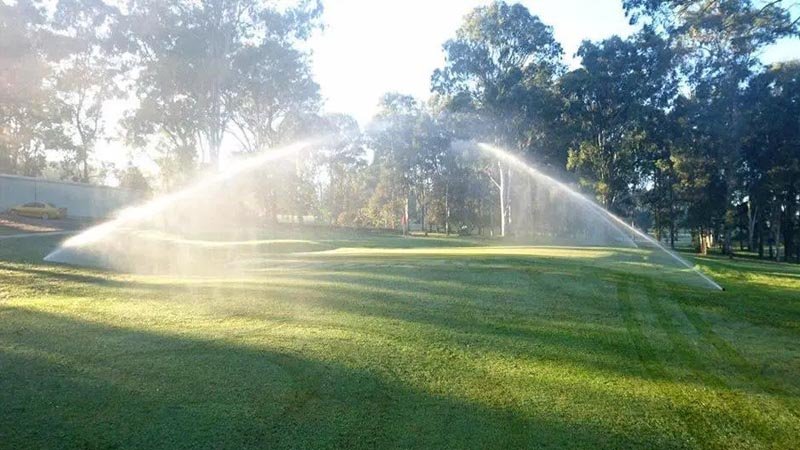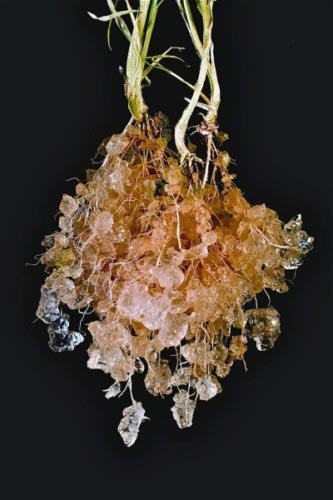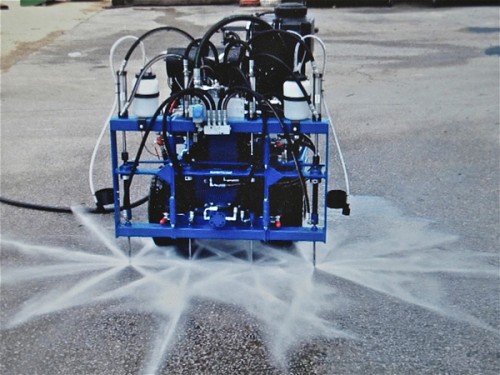
Many of the advancements that ultimately make life easier for golf course superintendents come out of agriculture.
One such example that has been used in agriculture for several years one day could help turf managers reduce water usage exponentially as cost and access are destined to go off in separate directions.
 Hydrogel technology - small, polymer granules injected beneath the surface that absorb and store water like a sponge - has been used as a water-saving measure in California agriculture for years. These polymers can absorb up to 400 times their weight in water, storing it at the root level until the plant needs it. The polymers release about 96 percent of the water back to the plant over time
Hydrogel technology - small, polymer granules injected beneath the surface that absorb and store water like a sponge - has been used as a water-saving measure in California agriculture for years. These polymers can absorb up to 400 times their weight in water, storing it at the root level until the plant needs it. The polymers release about 96 percent of the water back to the plant over time
Five years ago, Fresno, California-based Aqua Cents began work toward bringing this technology to turf through research at Fresno State University’s Center for Irrigation Technology.
Last month, the City of Phoenix and Arizona State University announced a research project funded by the U.S. Bureau of Reclamation that will study the effectiveness of these polymers on athletic fields under Arizona’s desert climate.
Hydrogels will be installed on 12 acres of soccer fields that combined use 11 million gallons of water annually at a cost of $63,500. Researchers expect to realize water-use savings of about 40 percent, or 4.4 million gallons annually, or $25,400.
Injecting the polymers underneath the rootzone is a laborious process, and it will take six weeks to two months to complete the task on the soccer fields at ASU’s West Campus, which is about 20 miles northwest of the main campus in Tempe. The polymers are designed to last five to seven years.

If the Arizona research on soccer fields is consistent with what the technology has produced in agriculture and residential lawn use, city officials in Phoenix say they likely will introduce the use of hydrogels to other municipal properties, including parks and golf courses.

